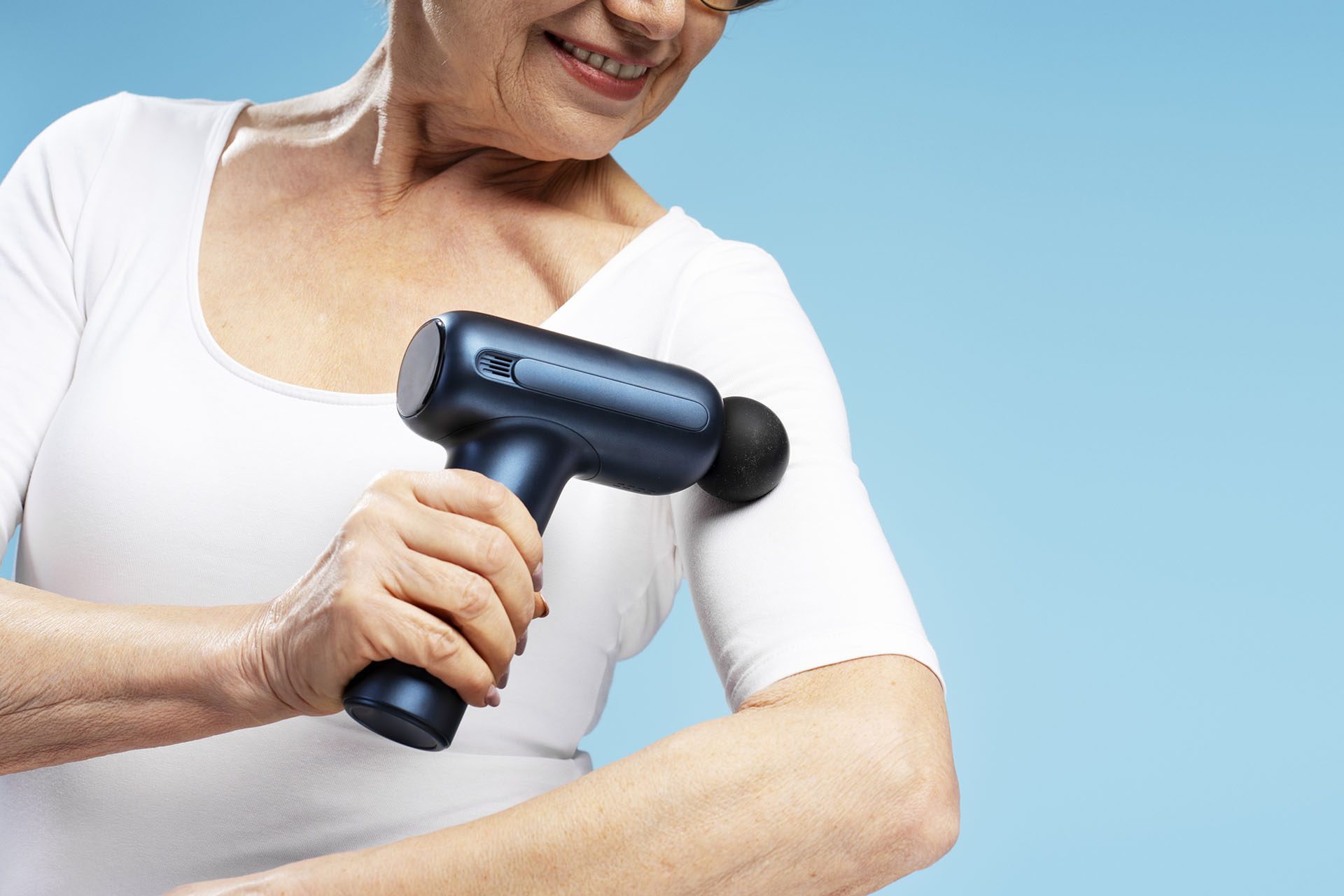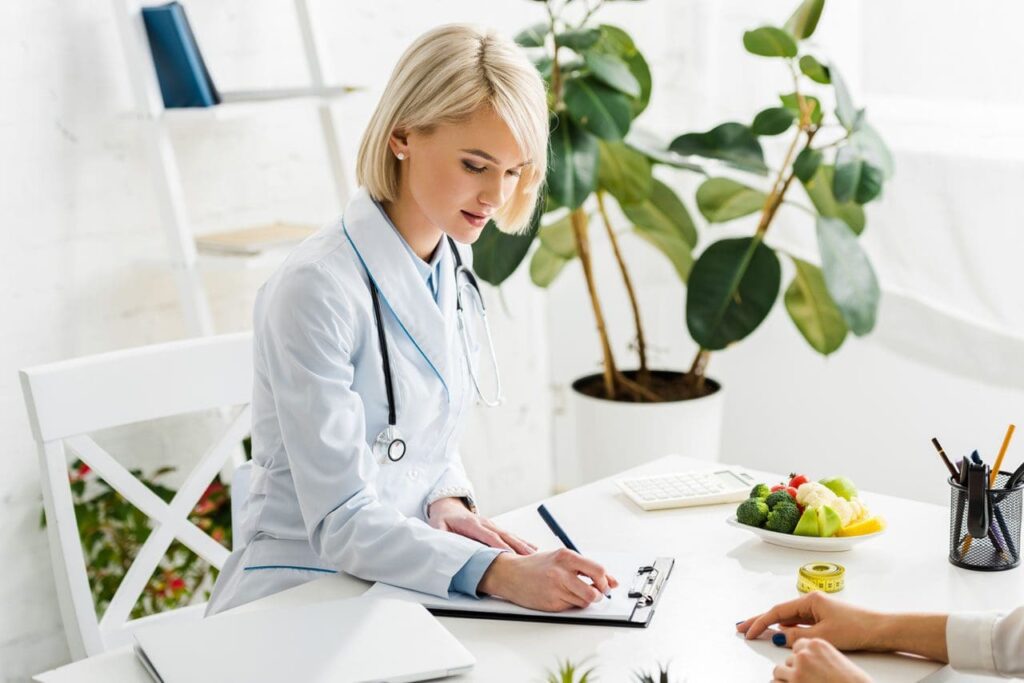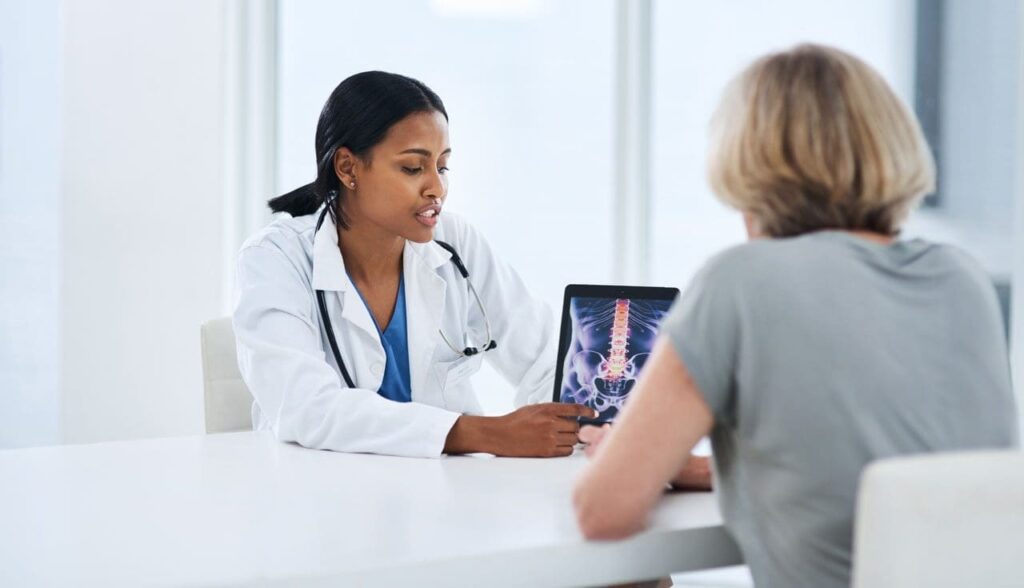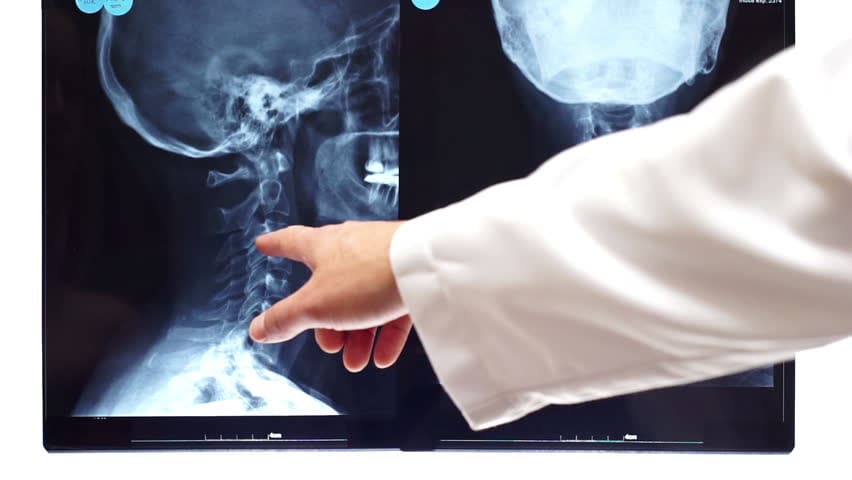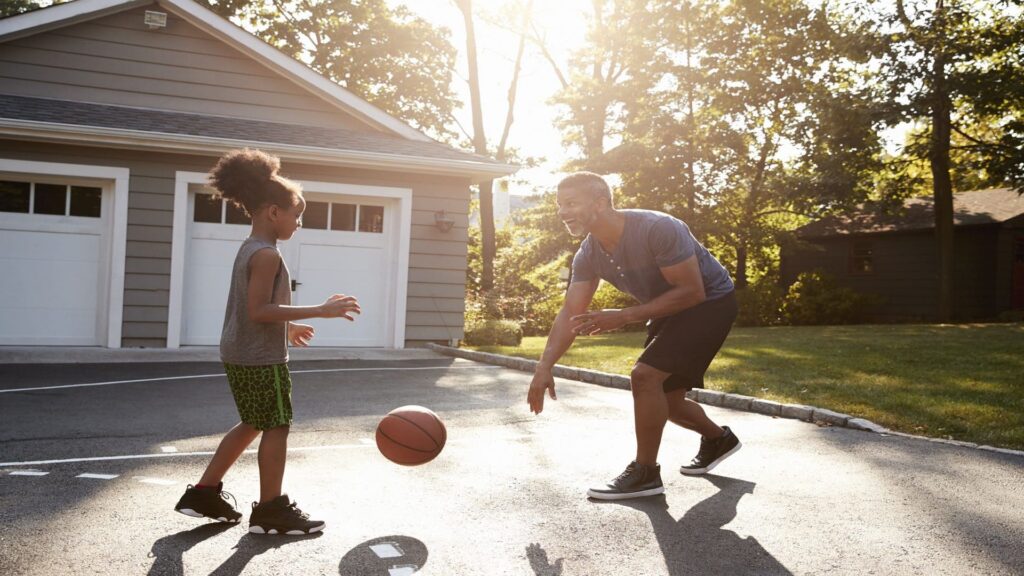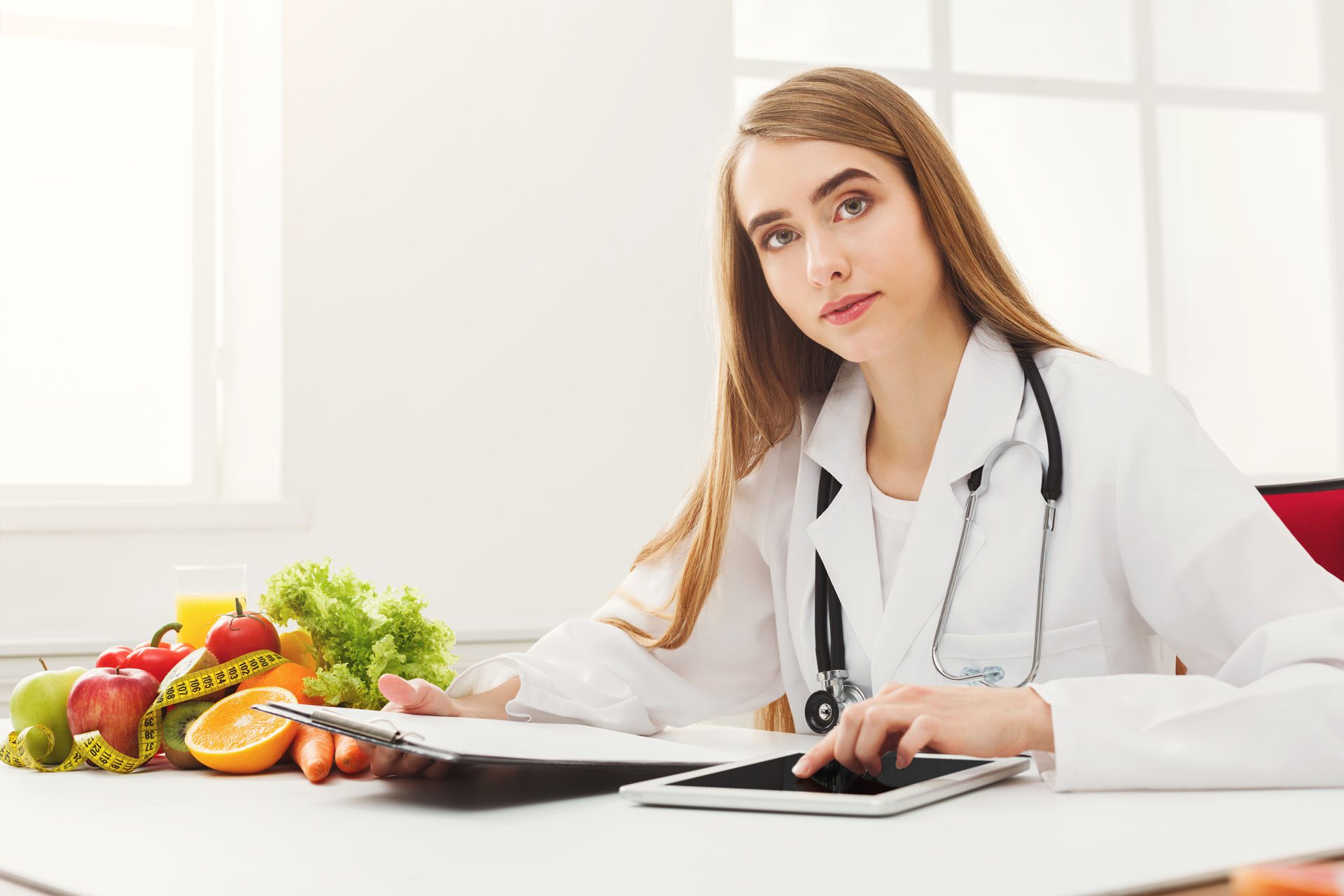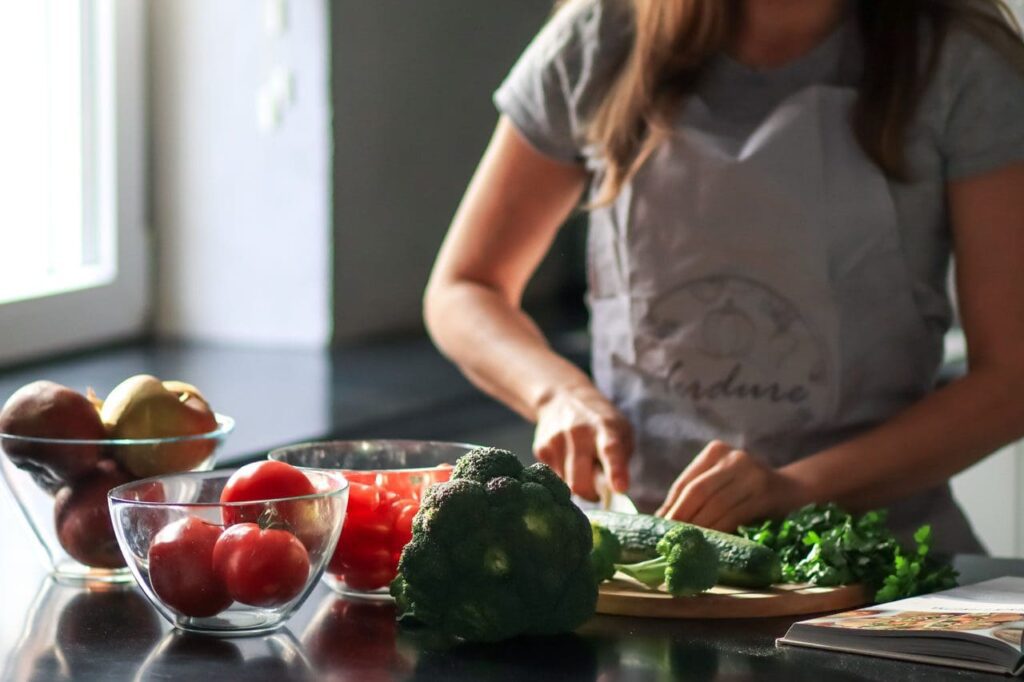Self-Massage Tools at Home: Feel Better Between Visits

Introduction
Living in El Paso means busy days—work, family, desert heat, and long drives on I-10 can leave your back, neck, and shoulders tight and sore. At ChiroMed – Integrated Medicine Holistic Healthcare in El Paso, TX, our chiropractors adjust your spine to fix the root cause of pain. To make those adjustments last longer, we teach every patient simple self-massage tools you can use at home.
Tools like foam rollers, massage balls, percussion massage guns, and trigger point tools help you release muscle tension, improve blood flow, and stay loose until your next visit. Dr. Alexander Jimenez and the ChiroMed team always show you the right way to use them so you get safe, immediate relief. This guide explains each tool, how to use it, and why ChiroMed patients in El Paso love them.
What Makes ChiroMed Different in El Paso
ChiroMed – Integrated Medicine Holistic Healthcare combines chiropractic adjustments with nutrition, rehab exercises, and home self-care. Located right here in El Paso, TX, we treat the whole person—not just the pain. Tight muscles pull your spine out of place, so relaxing them at home helps your adjustments hold better.
- What You Get at ChiroMed:
- Gentle spinal adjustments
- Custom home exercise plans
- One-on-one training on self-massage tools
- Tips for better sleep, diet, and stress relief
Dr. Alexander Jimenez, lead chiropractor at ChiroMed, sees hundreds of El Paso patients every month. He notices that people who use self-massage tools at home need fewer visits and feel less daily pain (Jimenez, n.d.a).
Why ChiroMed Recommends Self-Massage Tools
Between appointments, muscles can tighten again from sitting at a desk, lifting kids, or weekend yard work. Self-massage tools let you loosen those spots anytime—at home, at the office, or even in your car during an El Paso traffic jam.
Patients tell us they sleep better, move more easily, and have more energy when they use these tools just 5–10 minutes a day. The best part? They are easy to learn and affordable.
Always let your ChiroMed doctor check your technique first. We love showing you exactly where to roll or press so you get the most benefit without any risk (High Amplitude Health Chiropractic, n.d.).
Foam Rollers: The #1 Tool ChiroMed Patients Start With
A foam roller is a firm cylinder you roll over your body. It feels like a deep massage and works great on legs, hips, and mid-back.
At ChiroMed in El Paso, we keep foam rollers in every treatment room. Dr. Jimenez often hands patients a roller during their visit and teaches them moves for tight hips or IT bands—common complaints from walking Fort Bliss trails or standing all day at UTEP.
Easy Foam Roller Moves We Teach at ChiroMed
- Lie on the roller and gently roll your mid-back (never the spine) for 30–60 seconds
- Sit on the roller and roll your glutes to ease lower-back pain
- Roll your thighs to loosen legs after driving across El Paso
Do this 3–4 times a week. It increases blood flow and keeps your spine in the perfect position we just adjusted (King Chiro Hand and Foot, n.d.).
Many ChiroMed patients buy a $20 roller at our front desk and start feeling better the same week.
Massage Balls: Perfect for Hard-to-Reach Spots
Massage balls are small and firm, like a lacrosse ball. They fit in your purse or gym bag and target tiny knots in your neck, shoulders, and feet.
El Paso teachers, nurses, and truck drivers love them because they quickly fix “text neck” and sore feet. During your ChiroMed visit, we place a ball under your upper back while you lie on the table so you feel instant relief.
Quick Ball Tricks from ChiroMed
- Stand against a wall and roll the ball between your shoulder blades
- Sit and roll the ball under each foot for 1 minute
- Place it under your glutes while watching TV
Patients say these 2-minute routines cut headache frequency in half (Chiropractor San Mateo, n.d.).
Percussion Massage Guns: Fast Relief for Busy El Paso Schedules
Percussion massage guns vibrate quickly to relax deep muscles. They are handheld and take only 2–5 minutes—perfect for mornings before work or evenings after picking up kids from school.
At ChiroMed, we use professional-grade guns in the office, then recommend affordable home models. Dr. Jimenez loves them for patients with tight calves from hiking the Franklin Mountains or stiff shoulders from office work.
How ChiroMed Teaches You to Use a Massage Gun
- Start on low speed and sweep over sore muscles
- Hold the round head on a tight spot for 10–15 seconds
- Use the fork head around your spine (never directly on bones)
Many patients notice less soreness the very next day (BarBend, n.d.).
Manual Trigger Point Tools: Reach Your Own Back Easily
Tools like the Thera Cane or Body Back Buddy have hooks and knobs that let you press hard-to-reach spots in your upper back and neck without help.
ChiroMed keeps these tools on hand for patients who live alone or travel for work. We spend a few minutes showing you exactly where to press so you leave the office ready to use it at home.
Favorite Moves We Teach in El Paso
- Hook the tool over your shoulder to press between your shoulder blades
- Use the knob on the back of your neck for tension headaches
- Press your glutes while sitting to ease sciatica pain
These tools cost $25–$40 and last for years (Anterior Assist, n.d.).
Which Tool Should You Start With? Ask ChiroMed!
Every patient is different. That’s why your ChiroMed doctor creates a custom plan.
- New to self-massage? Start with a foam roller and massage ball combo
- Always on the go? Get a small massage gun
- Hard-to-reach back pain? Try a trigger point tool
- Desk job in El Paso? We usually recommend a ball for the neck and shoulders
During your next visit, tell us where you hurt most. We’ll pick the perfect tool, show you how to use it, and even let you try it in the office.
Real Stories from ChiroMed Patients in El Paso
“After my adjustment, Dr. Jimenez showed me how to use a massage ball on my shoulders. I do it every night while watching Netflix—my neck pain is finally gone!” – Maria R., East El Paso teacher.
“I drive a truck across the border every day. The foam roller Dr. Jimenez recommended saved my lower back. I keep it in my truck!” – Carlos M., Socorro.
Dr. Jimenez sees the same results in his clinic: patients who use self-massage tools at home feel 30–50% less pain and come in less often (Jimenez, n.d.b).
How to Get Started Today at ChiroMed in El Paso, TX
- Call ChiroMed at (915) 850-0900 or book online
- Come in for your adjustment and free self-massage tool training
- Take home your new tool (we sell them at the front desk at a low cost)
- Feel better between visits and enjoy El Paso life again!
Visit Us
ChiroMed – Integrated Medicine Holistic Healthcare Address: 11860 Vista Del Sol Dr, Suite 128, El Paso, TX 79936 Phone: (915) 850-0900 Website: https://dralexjimenez.com
We’re open Monday–Friday with evening and Saturday hours for busy El Paso families.
References
Anterior Assist. (n.d.). 10 essential chiropractor tools for a healthy back: Your guide to spinal wellness. https://anteriorassist.com/blogs/news/10-essential-chiropractor-tools-for-a-healthy-back
BarBend. (n.d.). Massage gun vs. foam roller — Which is better for strength athletes? https://barbend.com/massage-gun-vs-foam-roller/
Chiropractor San Mateo. (n.d.). All the best tools to use for self-massage. https://chiropractorsanmateo.com/all-the-best-tools-to-use-for-self-massage/
High Amplitude Health Chiropractic. (n.d.). All the best tools to use for self-massage. https://chiropractorsanmateo.com/all-the-best-tools-to-use-for-self-massage/
Jimenez, A. (n.d.a). Injury specialists. https://dralexjimenez.com/
Jimenez, A. (n.d.b). Dr. Alexander Jimenez, DC, APRN, FNP-BC, IFMCP, CFMP, ATN ♛ – Injury Medical Clinic PA. https://www.linkedin.com/in/dralexjimenez/
King Chiro Hand and Foot. (n.d.). Unexpected benefits of the foam roller. https://www.kingchirohandandfoot.com/unexpected-benefits-of-the-foam-roller/

